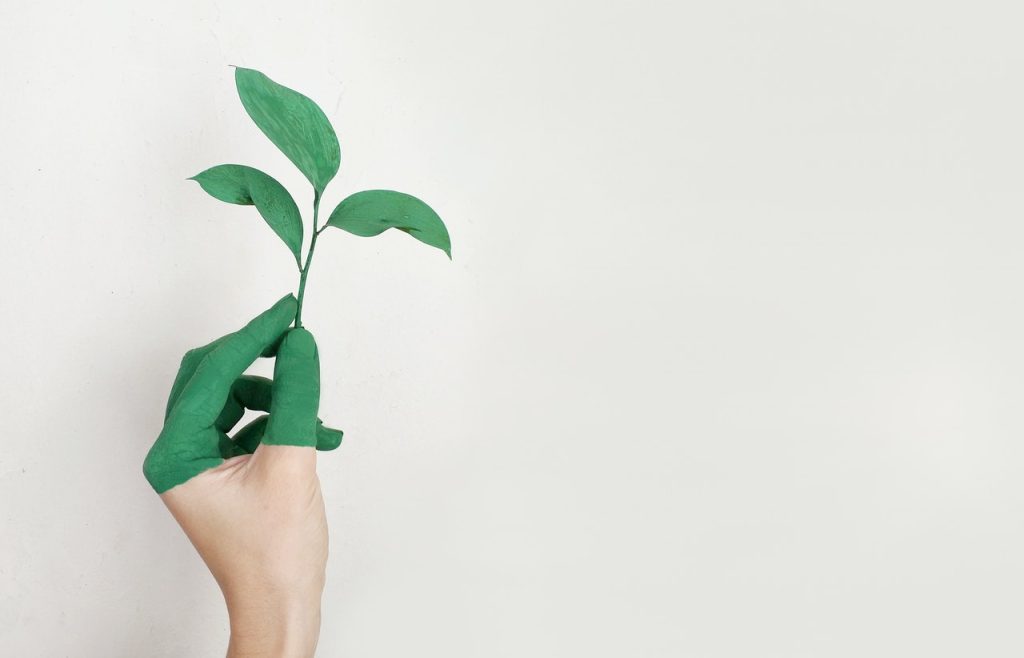
When preparing your landscaping plan, it’s only natural to want plants that will easily grow and survive pretty much on their own. But quite often, sticking to the native species that grow well in your area can lead to a garden that looks too similar to everyone else’s. To give your landscape a sense of distinctiveness you might want to try stretching out with some plants that you don’t normally find in your area. To give you a helping hand, we’ve come up with a list of three unique plants to include in your landscaping.
Pitcher Plants
If you’re looking for unique vegetation, carnivorous plants have to rank pretty high up there. And northern pitcher plants (Sarracenia purpurea,) also known as purple pitcher plants, are particularly well adapted to grow in colder climates. In fact, it’s even the provincial flower of Newfoundland and Labrador. Their bowl shaped leaves collect rainwater that drowns insects that are directed downward by the hairy spikes on the leaves. Besides their unique morphology, First Nations therapies traditionally used pitcher plant root infusions to treat smallpox.
Sundew
Sundew (Drosera) is another carnivorous plant that can be grown in a wide range of climatic zones – pretty much everywhere except Antartica. It features flower-like stalks with sticky mucilage producing glands that trap insects who venture too close. Not only are they deadly (to insects,) they’re a beautiful addition to any garden. Charles Darwin became fascinated with these plants when he discovered they were actually carnivorous.
Amorphophallus
This Sumatran native (Amorphophallus titanium) is unique because it produces the world’s largest inflorescence at up to 10 feet tall. It’s name refers to the elongated spadix that resembles a male appendage. However, getting them to flower takes some patience. It can take 10 years or more for the inflorescence to be produced. And when it does, the scent is said to resemble rotting flesh or a dirty diaper. If you’re willing to put in the effort, however, you too can have visitors coming from all over the world to have a chance to see and smell this unique plant.
